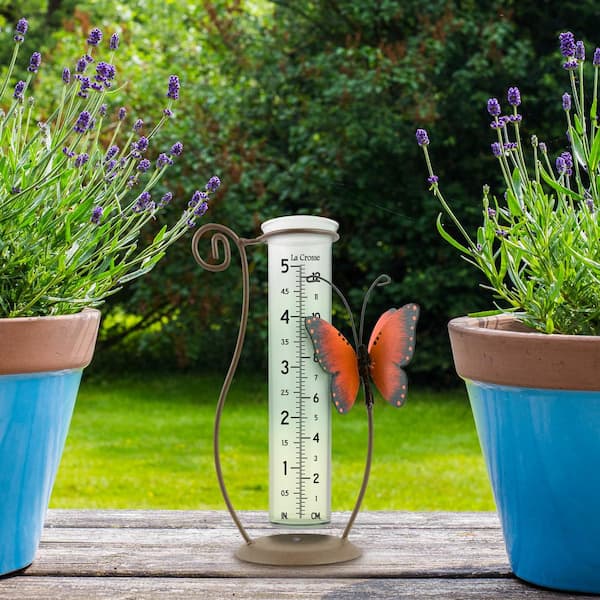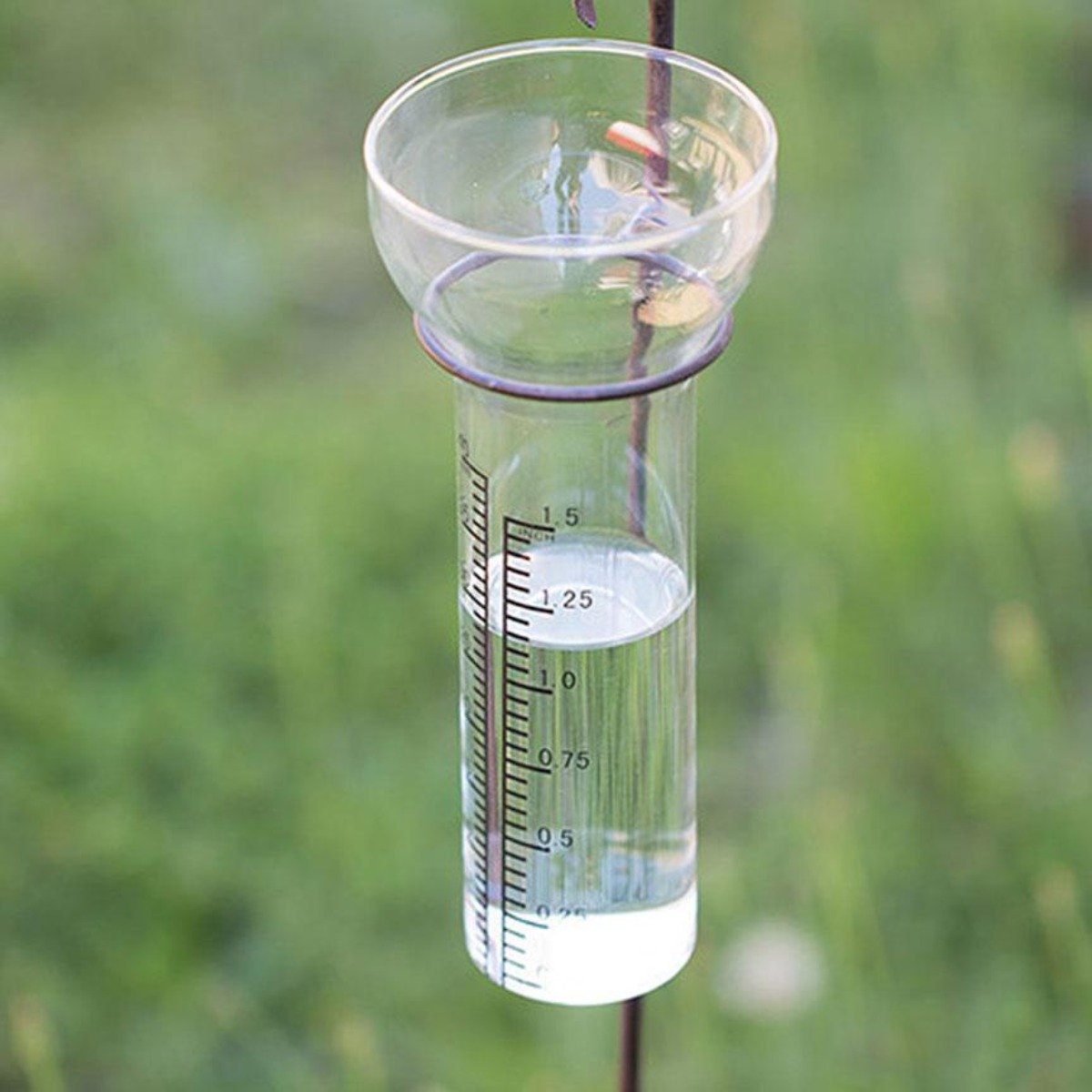Just How to Choose the Right Rain Gauge for Accurate Rain Information
Accurate rainfall data is important for various markets and activities, such as water, weather forecasting, and agriculture resource monitoring. To get dependable measurements, it is vital to choose the appropriate rainfall gauge. This overview aims to provide beneficial understandings into the option procedure, enabling you to make enlightened choices. Taking into consideration elements such as area, type, and precision of the rainfall scale will certainly aid guarantee precise information collection. In addition, comprehending the maintenance and calibration procedures will add to the longevity and integrity of your rain gauge. By adhering to these standards, you can make sure precise rainfall data, enabling much better decision-making and preparation for different applications.
Significance of Selecting the Right Rainfall Scale
The significance of picking the right rain scale exists in getting reliable and specific rainfall information for accurate atmospheric analysis. Rainfall information is critical for a wide variety of applications, consisting of weather condition projecting, hydrological modeling, and environment research. Unreliable or undependable data can lead to wrong final thoughts and flawed decision-making procedures.

Second of all, the accuracy and precision of the rainfall gauge are vital. The gauge needs to be able to determine rainfall with high accuracy, capturing also little amounts of rainfall accurately.
In addition, the place and installation of the rainfall gauge are critical factors to consider. It ought to be positioned in an open area, far from blockages that might affect rains measurements. The gauge needs to be positioned at a suitable height and angle to prevent splashing and make sure appropriate catchment of rainwater.
Factors to Think About When Choosing a Rain Gauge
When picking a rainfall scale, there are numerous key elements to think about. These elements can greatly affect the precision and reliability of the rainfall information collected. The very first variable to consider is the sort of rainfall scale. There are different kinds available, including typical rain evaluates, tipping bucket rainfall evaluates, and considering rainfall gauges. Each type has its very own benefits and downsides, so it is very important to choose one that finest fits your details needs and requirements.
An additional element to consider is the product of the rainfall gauge. Rain evaluates can be made from different products, such as glass, metal, or plastic. The material picked need to be immune and long lasting to weather conditions, making sure that the rainfall scale will certainly hold up against the components and give exact dimensions with time.
Precision is likewise a vital aspect to think about. Seek rainfall evaluates that have been adjusted and examined for accuracy. Features such as anti-splash rings and funnels can also enhance the accuracy of the dimensions.

Lastly, consider the environment and environment in which the rainfall scale will be used. Various rain determines appropriate for various environments, so it is essential to select one that is appropriate for the problems in your location.
Different Types of Rainfall Gauges Available
To further check out the variables to take into consideration when choosing a rainfall gauge, it is crucial to comprehend the various kinds of rainfall determines readily available. The most common kind is the basic rain gauge, likewise known as the cylindrical rain gauge.
One more kind of rain scale is the tipping bucket rainfall gauge. This gauge utilizes a seesaw-like system to gather browse around this site and measure rains. As the rainfall comes under the gauge, it loads up one side of the container, triggering it to tip and empty the water. The number of tips is counted online to establish the quantity of rainfall. Tipping bucket rainfall assesses are popular for their accuracy and ability to gauge rainfall strength.
A 3rd kind of web link rain scale is the evaluating rainfall scale. This scale makes use of an equilibrium system to measure the weight of the collected rains. As the rain falls under the scale, it is gathered in a container connected to an equilibrium. The weight of the water is measured, and the rains amount is computed based on the weight. Weighing rainfall gauges are very accurate yet can be much more pricey and call for routine upkeep.
Ultimately, there are also remote rain gauges that usage advanced technology to gauge rainfall (The Rain Gauge). These gauges usage sensors and transmitters to send out information wirelessly to a central device. Remote rainfall gauges are convenient for checking rains in hard-to-reach locations or for large data collection
Just How to Determine the Precision of a Rainfall Gauge
One way to analyze the accuracy of a rainfall scale is by conducting routine calibration dimensions. Calibration entails contrasting the readings of a rainfall scale to a conventional dimension, such as a qualified rainfall gauge or a weather terminal with high accuracy. By comparing the measurements, any type of inconsistencies or errors in the rainfall scale can be recognized and made up.
To carry out a calibration measurement, beginning by accumulating rainfall data from both the rain gauge and the standard dimension tool over a specific time period, such as a month. Compare the readings and compute the difference between them. This difference is understood as the calibration error.
It is very important to keep in mind that calibration dimensions must be done frequently, as ecological elements, such as debris, temperature level, and wind, can influence the accuracy of the rainfall gauge in time. By performing routine calibrations, any changes in the precision of the rain gauge can be discovered and modifications can be made appropriately.
Along with calibration, it is likewise recommended to clean and preserve the rain gauge frequently to guarantee its accuracy. Remove any particles This Site or obstructions that might impact the precision of the measurements, and examine for any type of signs of damages or wear that might require fixings or substitute.
Tips for Maintaining and Adjusting Your Rain Scale
Regular upkeep and calibration are vital for guaranteeing the precision and reliability of your rainfall gauge in gauging rainfall data (The Rain Gauge). By adhering to a few simple pointers, you can ensure that your rainfall scale is appropriately kept and calibrated
First of all, it is essential to clean your rain scale frequently to avoid any kind of particles or dust from obstructing the rain collection system. Use a light cleaning agent and a soft brush to carefully cleanse the within and outside of the gauge. Wash it extensively with tidy water and allow it to dry totally prior to re-installing it.
Secondly, it is advised to calibrate your rain gauge a minimum of yearly. Calibration includes contrasting the measurements of your rain gauge with those of a trusted and accurate reference gauge. This will certainly aid you identify and correct any potential errors in your rain gauge's dimensions.
To adjust your rainfall scale, accumulate a well-known quantity of water making use of a determining container and contrast it with the measurements taped by your rainfall gauge. Change the readings accordingly to make sure precision.

Verdict
In final thought, picking the best rainfall scale is essential for acquiring exact rains data. Aspects such as budget, function, and place must be taken into consideration when choosing a rain gauge.
There are various kinds available, including common rainfall determines, tipping bucket rainfall gauges, and weighing rain gauges.To even more check out the aspects to take into consideration when picking a rainfall scale, it is crucial to comprehend the various kinds of rainfall assesses offered. The most typical type is the basic rain gauge, likewise understood as the cylindrical rain scale.An additional kind of rain gauge is the tipping bucket rainfall gauge. Calibration involves contrasting the analyses of a rainfall scale to a conventional measurement, such as a certified rainfall gauge or a weather condition station with high precision.